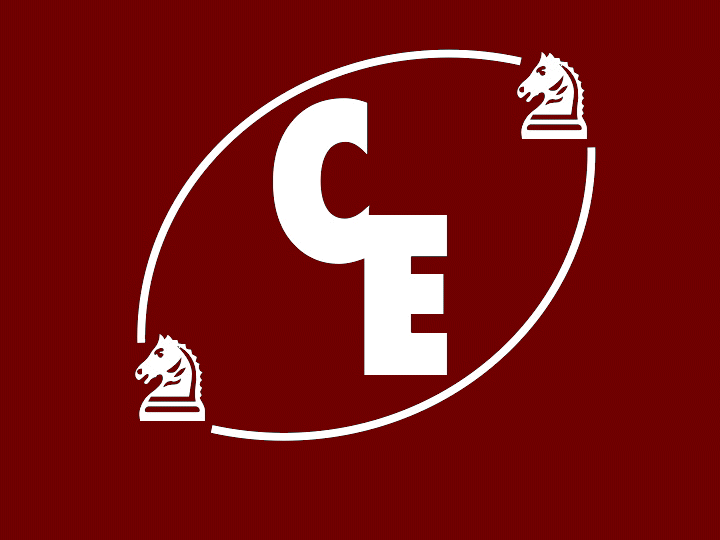ADINFER-ChessEVAL ©
Dedicated Chess Computers

Many variations were introduced in term of speed of the microprocessor, libraries, quality and type of the board in order to satisfy the demand and finances of the potential clients.
Sometimes, to avoid giving their libraries or program algorithms to the competition, the manufacturers were modifying the winning program and library (cf. Fidelity Elite Travemunde sold with a weaker version of the Program X (winner of the WMCC 1981), a slower microprocessor and a smaller amount of memory.
The following table is a list of the WMCC
from 1980 to 1993. There was no WMCC in 1992.
In the fourth column, the commercialized versions of the World Chess
Championship computers are listed.
This list must be completed and verified. Your help will be appreciated.
If you have any information, please contact me (mrcohayon@chesseval.com).
Year |
City |
Winners |
Original WCC Computers (X, eXperimental, WM)
OR Corresponding Commercial Dedicated Computer Models |
|---|---|---|---|
1980 |
London
Travemunde
Budapest
Glasgow
Amsterdam
Dallas
Rome
Almería
Portorose
Lyon
Vancouver
London |
Fidelity, Chess Challenger X |
Fidelity, Chess Challenger Sensory Voice Fidelity Chess Challenger Champion |
1981 |
Travemunde |
Fidelity Elite XCommercial Group: Chess Champion Mark V |
Fidelity X
EliteTravemunde with Program X Elite with plaque Chess Champion Mark V |
1983 |
Budapest |
Fidelity Elite Auto Sensory (EAS) |
EAS Budapest |
1984 |
Glasgow |
Fidelity Elite X, Mephisto, Princhess X, Psion |
Fidelity Elite X EAS Glasgow Mephisto III-S Glasgow Conchess Princhess X |
1985 |
Amsterdam |
Mephisto Amsterdam / Nona |
Mephisto Amsterdam 68000 (12MHz)
|
1986 |
Dallas |
Mephisto Dallas |
Mephisto Dallas->Models 68020, 68000
|
1987 |
Rome |
PsionCommercial Group: Mephisto Roma |
Mephisto Roma->Models TM (25MHz), 68020 (14MHz), 68000 (12MHz), 68000 (Roma II-10MHz)
|
1988 |
Almería |
Mephisto Almeria |
Mephisto Almeria->Models WM,TM,68020,68000
|
1989 |
Portorose |
Mephisto Portorose |
Mephisto Portorose->Models WM,TM,68020,68000
|
1990 |
Lyon |
Mephisto Lyon |
Mephisto Lyon->Models WM,TM,68020,68000
|
1991 |
Vancouver |
ChessMachine (Gideon)Manufacturer Group: Mephisto Vancouver WM |
Tasc R30 and R40
Mephisto Risc 1 and 2 Mephisto Vancouver ->Models WM,TM,68020,68000 |
| 1993 | Munich | Hiarcs Manufacturer Group: Mephisto WunderMaschine Genius 2 |
Mephisto WunderMaschine Genius 2 |
From 1980 to 1984, Fidelity, the company of Syd Samole, was leading the WMCC.
They used programs made by Dan and Kate Spracklen.
The participating computers were equipped with the X ( for eXperimental) program and library versions.
After the competition, the versions released for the public were modified in order to protect library and program originality from the competition.
From 1984 to 1990, Mephisto, the firm of Hegener and Glaser, dominated the WMCC and their official programmer, Richard Lang, was cumulating the World Microcomputer Championship awards.
| ALL the computers and photos represent EXCLUSIVELY the computers I own (except for the Journal Section). |